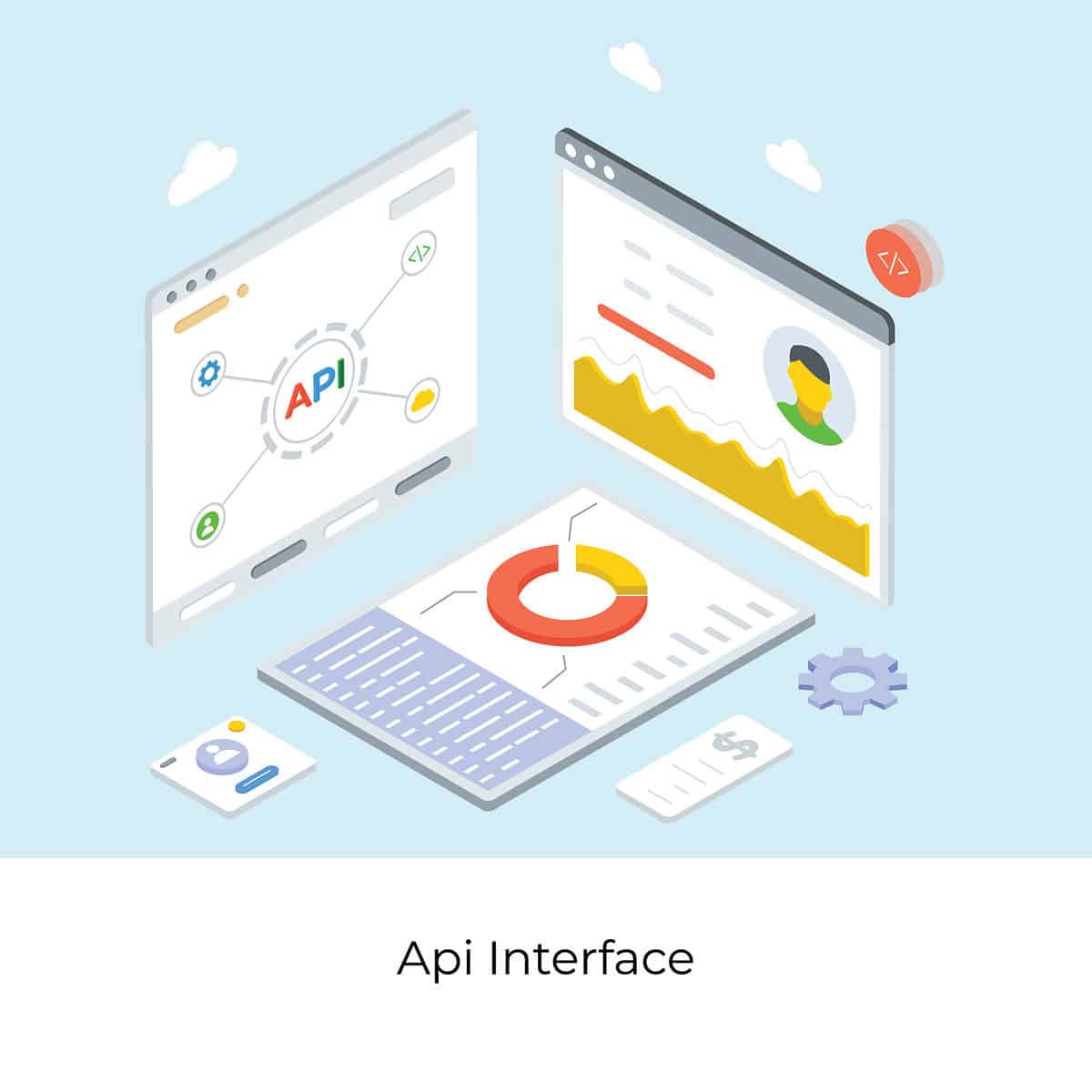Difference between API Management and Gateway
API Management is a set of processes, tools, and policies that enable organizations to design, publish, document, and analyze APIs (Application Programming Interfaces). API Management provides a platform for API providers to manage the complete API lifecycle, from design to documentation, testing, and deployment. It allows organizations to monitor, secure, and analyze API usage and performance, as well as to monetize their APIs.
The key Difference between API Management and API gateway

API Management is different than an API Gateway in several ways. API Gateway is a technical infrastructure component that routes API requests from consumers to backend services. While, API Management is a higher-level platform that provides a range of capabilities for API providers. API Management typically includes features such as API design and documentation tools. It also includes traffic management, security, and analytics, which are not usually provided by an API Gateway.
benefits of API management

1. Management of API lifecycle
API Management provides several benefits to organizations. One of the main benefits is the ability to manage the complete API lifecycle in a centralized and streamlined way. API Management platforms provide tools to design, test, and deploy APIs, as well as to document and publish API documentation. This makes it easier for organizations to create and maintain APIs, as well as to onboard new developers to the API ecosystem.
Once an API is ready for deployment, API Management platforms provide tools to manage the API’s lifecycle and make it available to developers. This may include features such as versioning, which allows organizations to release new versions of an API while maintaining backward compatibility, and deprecation, which enables organizations to retire old versions of an API and encourage developers to migrate to newer versions.
2. Analysis of API usage and performance
API Management also enables organizations to monitor and analyze API usage and performance. This is important to ensure that APIs are meeting the needs of their users and to identify any issues or bottlenecks in the API infrastructure. By tracking API usage and performance, organizations can optimize their APIs to improve reliability and scalability.
3. Provides security
API Management also helps organizations to secure their APIs and protect against potential threats. It provides features such as authentication, authorization, and rate limiting to ensure that only authorized users can access APIs, and to prevent abuse or overuse of APIs. This is especially important for APIs that expose sensitive data or services, or that are used by external developers.
API Management platforms typically provide a range of security features to protect APIs and their users. Security features may also include tools to monitor and detect security threats, such as intrusion detection and prevention systems.
4. Monetization
In addition to its technical capabilities, API Management platforms often provide tools to monetize APIs. Many organizations provide APIs as a way to generate revenue or to drive business growth. API Management platforms provide tools to manage API usage and billing. It also helps you to track API usage and performance to optimize monetization strategies. This may include features such as usage quotas, which limit the number of API requests that a user can make within a given time period, and pricing plans, which allow organizations to charge different rates for different levels of API usage.
5. Testing tools
API Management platforms also provide tools to test APIs before they are deployed. This is important to ensure that APIs are functioning as intended and to catch any issues or bugs before they are made available to users. Testing tools may include features such as mock servers. This tool allow developers to test APIs without having to set up a complete backend infrastructure. It also offers tools to simulate different scenarios and load conditions.
6. API design and documentation
One of the key features of API Management is the ability to design and document APIs in a clear and consistent way. This is important because it helps developers to understand how to use the APIs. Also, for them to know how to integrate them into their own applications. API Management platforms typically provide tools to design APIs using a visual interface, as well as to generate API documentation in a variety of formats, such as HTML, PDF, or OpenAPI (formerly known as Swagger).
importance of API documentation

API documentation is crucial for enabling developers to understand how to use APIs and for supporting the API ecosystem. It should include information about the API’s functionality, input and output parameters, error codes, and other details that are necessary for developers to use the API effectively. By providing comprehensive and easy-to-use documentation, organizations can reduce the learning curve for developers and encourage adoption of their APIs.
wrapping up
In summary, API Management is a higher-level platform that provides a range of capabilities for API providers, including API design and documentation tools, traffic management, security, and analytics. It enables organizations to manage the complete API lifecycle, monitor and analyze API usage and performance, and monetize their APIs. By providing these capabilities, it helps organizations to create, maintain, and grow a successful API ecosystem. This is in contrast to an API Gateway, which is a technical infrastructure component that routes API requests from consumers to backend services.






